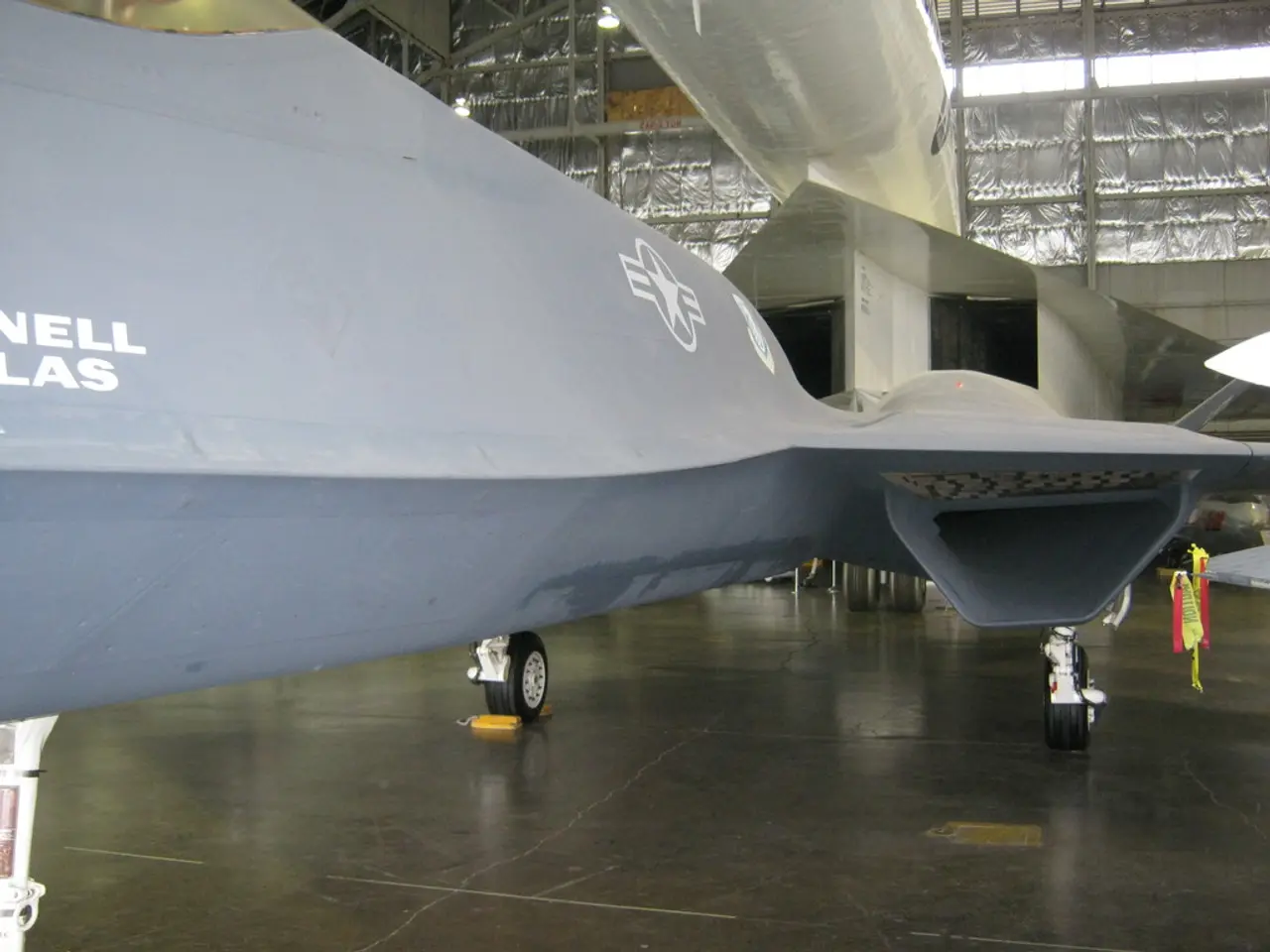Amelia Earhart, noteworthy figure in aviation history, vanished mysteriously into the ocean. Insight into her life and the enigmatic disappearance.
Amelia Earhart, a trailblazing aviator and the first woman to fly solo across the Atlantic Ocean, disappeared during her attempt to circumnavigate the globe in 1937. Her mysterious disappearance, which remains unsolved to this day, took place on July 2, 1937, over the Pacific Ocean.
Earhart and her navigator, Fred Noonan, departed Lae, aiming for the tiny Pacific island of Howland Island. However, they failed to locate it, and sent radio messages indicating they were low on fuel and uncertain of their exact position. The last confirmed radio contact was a message during which Earhart stated they were running north and south[1][3].
The U.S. Coast Guard cutter Itasca and Navy ships conducted an extensive search but did not locate the plane or the aviators[1][3]. Most experts believe the plane crashed into the ocean after exhausting its fuel supply near Howland Island[3].
An alternative theory suggests they may have landed on Gardner Island (Nikumaroro) and later perished, but no definitive evidence has been found despite searches[2].
Born on July 24, 1897, in Atchison, Kansas, Earhart's life was marked by numerous firsts. She primarily lived with her grandparents until she was 12, and later attended the Ogontz finishing school in Philadelphia. Earhart's aviation career began in earnest when she purchased a single-engine Lockheed Vega in 1929.
In 1931, Earhart married publisher George Putnam and became the first woman to fly solo across the North American continent and return. She also set the women's world speed record at 181.18 mph on July 29, 1930. In 1932, she became the first woman to fly solo across the Atlantic Ocean, taking off from Newfoundland and landing in Northern Ireland.
Earhart's achievements earned her numerous accolades, including the National Geographic Society's Gold Medal in 1932. She also served as a career consultant to women at Purdue University and helped found The Ninety-Nines, the first organization for women pilots, in November 1929. Earhart served as the president of The Ninety-Nines in 1931.
In 1935, Earhart became the first person to fly solo from Hawaii to Oakland, California. The Purdue Research Foundation provided $40,000 towards the purchase of a twin-engine Lockheed 10E Electra for Earhart.
Richard Gillespie, president of the International Group for Historic Aircraft Recovery (TIGHAR), has been investigating Earhart's disappearance. Despite numerous expeditions and the discovery of interesting artifacts such as an aluminum panel, a curved glass piece, and a woman's shoe, none could be definitively linked to Earhart and Noonan[2].
Earhart's disappearance had a profound impact on the world, and she remains a symbol of courage and determination. She was legally declared dead in a Los Angeles court on January 5, 1939. Earhart befriended Eleanor Roosevelt and her father was a lawyer for the railroad. Her life and legacy continue to inspire generations of aviators and women in STEM.
[1] "Amelia Earhart: The Mystery of Her Disappearance," History.com, A&E Television Networks, LLC, 2021.
[2] "Amelia Earhart: The Search for the Missing Aviator," National Geographic, National Geographic Partners LLC, 2021.
[3] "Amelia Earhart's Final Flight," National Air and Space Museum, Smithsonian Institution, 2021.
- The mystery of Amelia Earhart's disappearance in 1937 has captured the interest of many, making headlines in general news and space-and-astronomy media, as well as in education-and-self-development and entertainment forums.
- Amelia Earhart's aviation career, filled with numerous firsts such as being the first woman to fly solo across the Atlantic Ocean, continues to inspire future generations in science, particularly in the field of aeronautics.
- Today, organizations like The International Group for Historic Aircraft Recovery (TIGHAR) continue to work towards unraveling the mystery of Amelia Earhart's disappearance, blending science with entertainment, and keeping her spirit of exploration alive.




